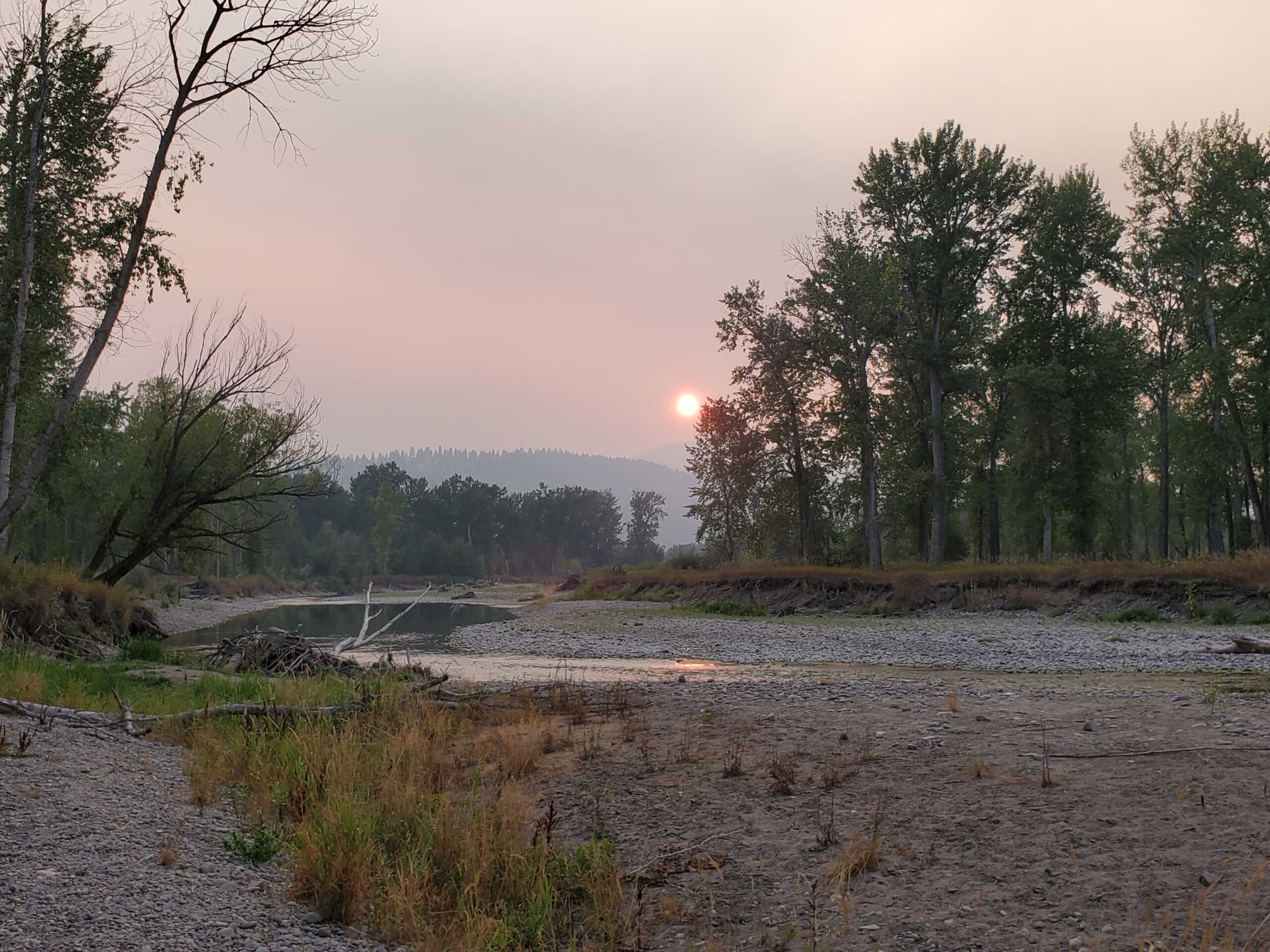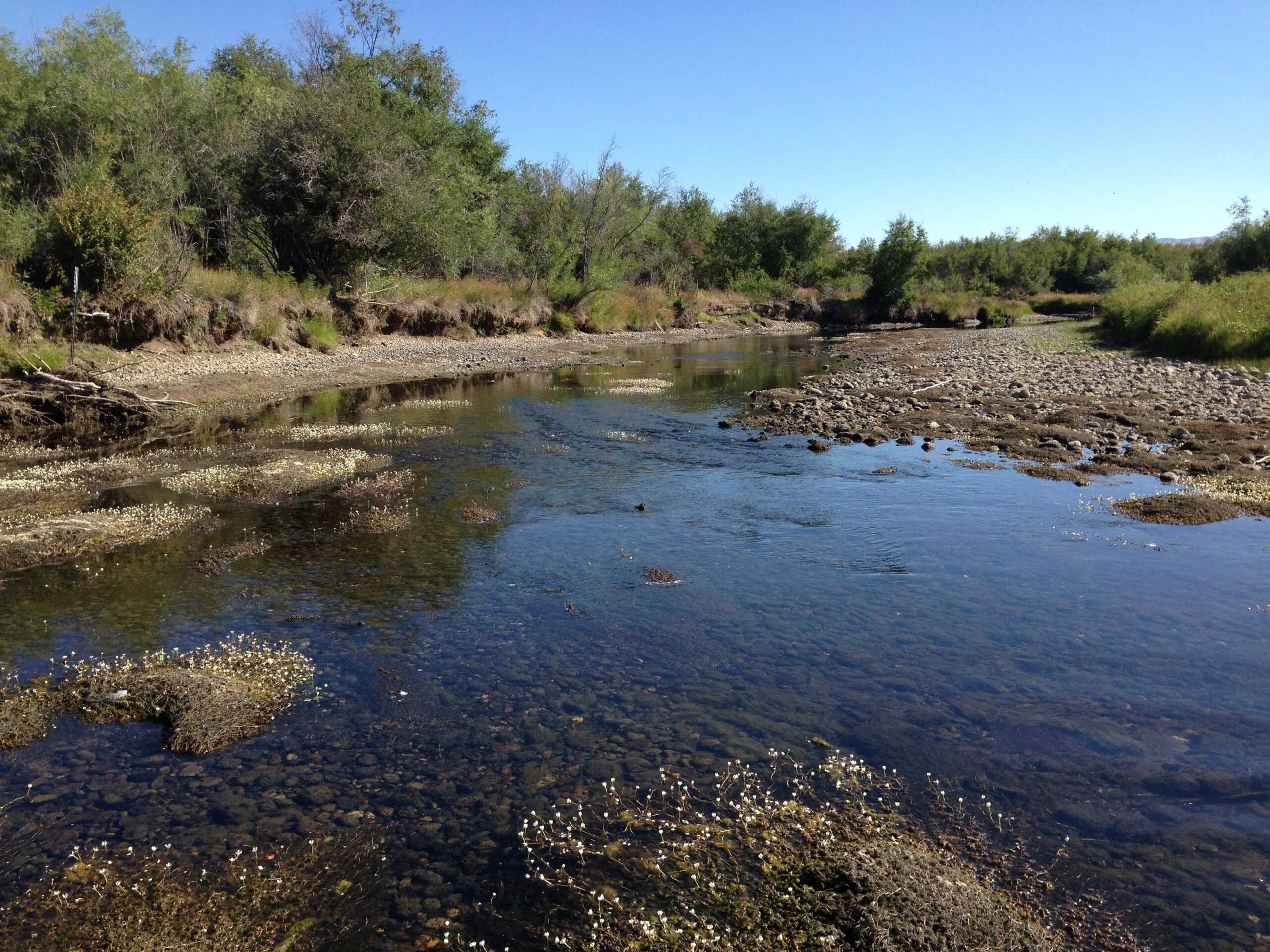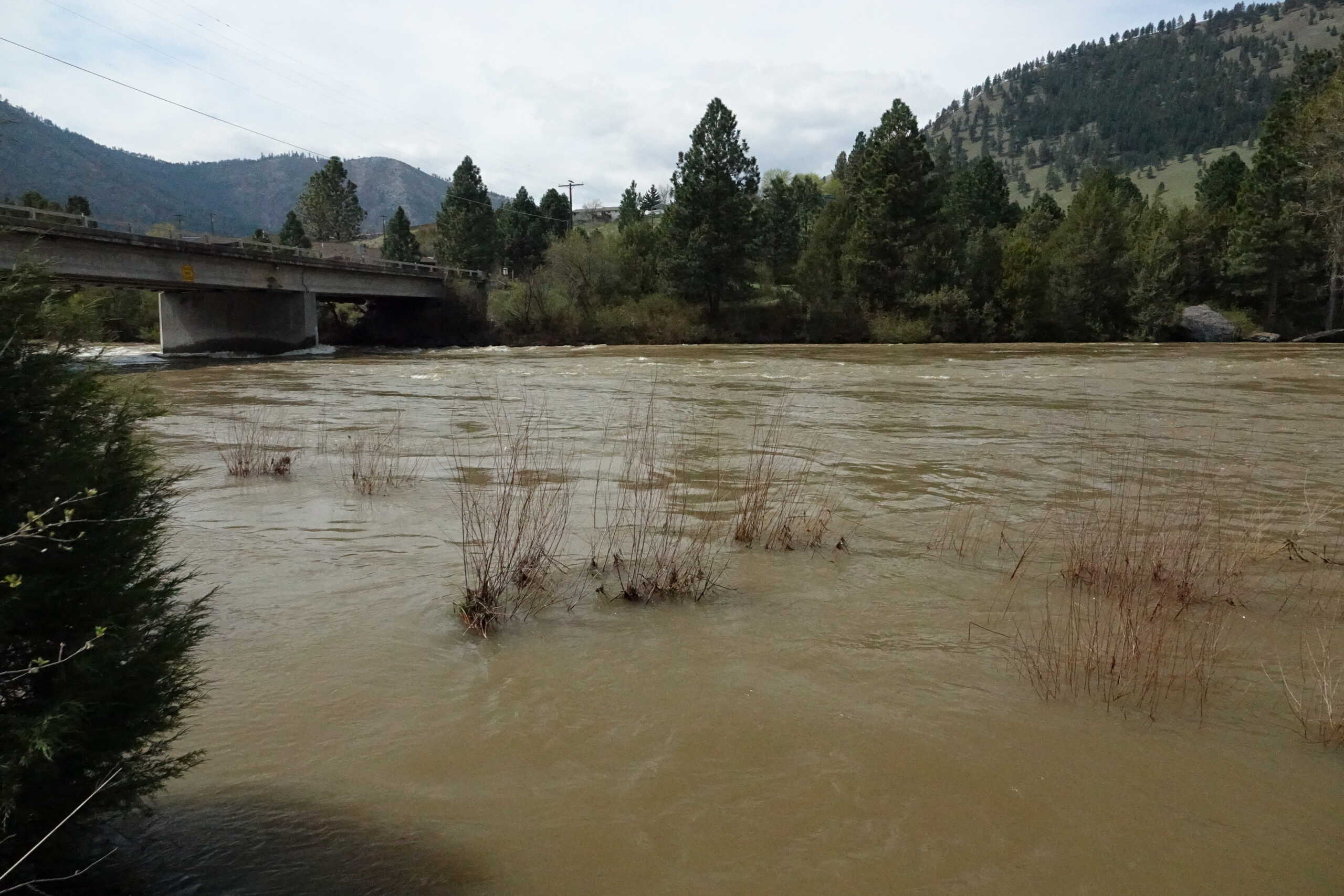Climate Change
Decades of data show a fundamental shift in climate in the Clark Fork River basin.
Studies on regional water resources confirm significant declines in snowpack at mid- and lower elevations. Spring runoff arrives earlier, peaks earlier, and tops out at lower levels. Stream temperatures during winter’s shoulder months are warming, peak summer stream temperatures are higher and the period of high stream temperatures is longer. Flash flood and flash drought conditions are less predictable. In the summer, average air temperature is higher and rainfall is lower. These tough conditions worsen already existing low-flow challenges caused by over allocation of water resources.
Although scientists anticipate more severe weather, larger wildfires, outbreaks of invasive species, more frequent floods, and lower streamflow for the Northern Rockies, we also see a pathway to a sustainable future. We infuse our work with the best available science on changing climate impacts. By rebuilding watershed resilience, we will help people, wildlife, and waterways survive and thrive in a warming West.
How are we addressing climate change?
-
 Valiton Ditch Split Season Lease
Valiton Ditch Split Season Lease -
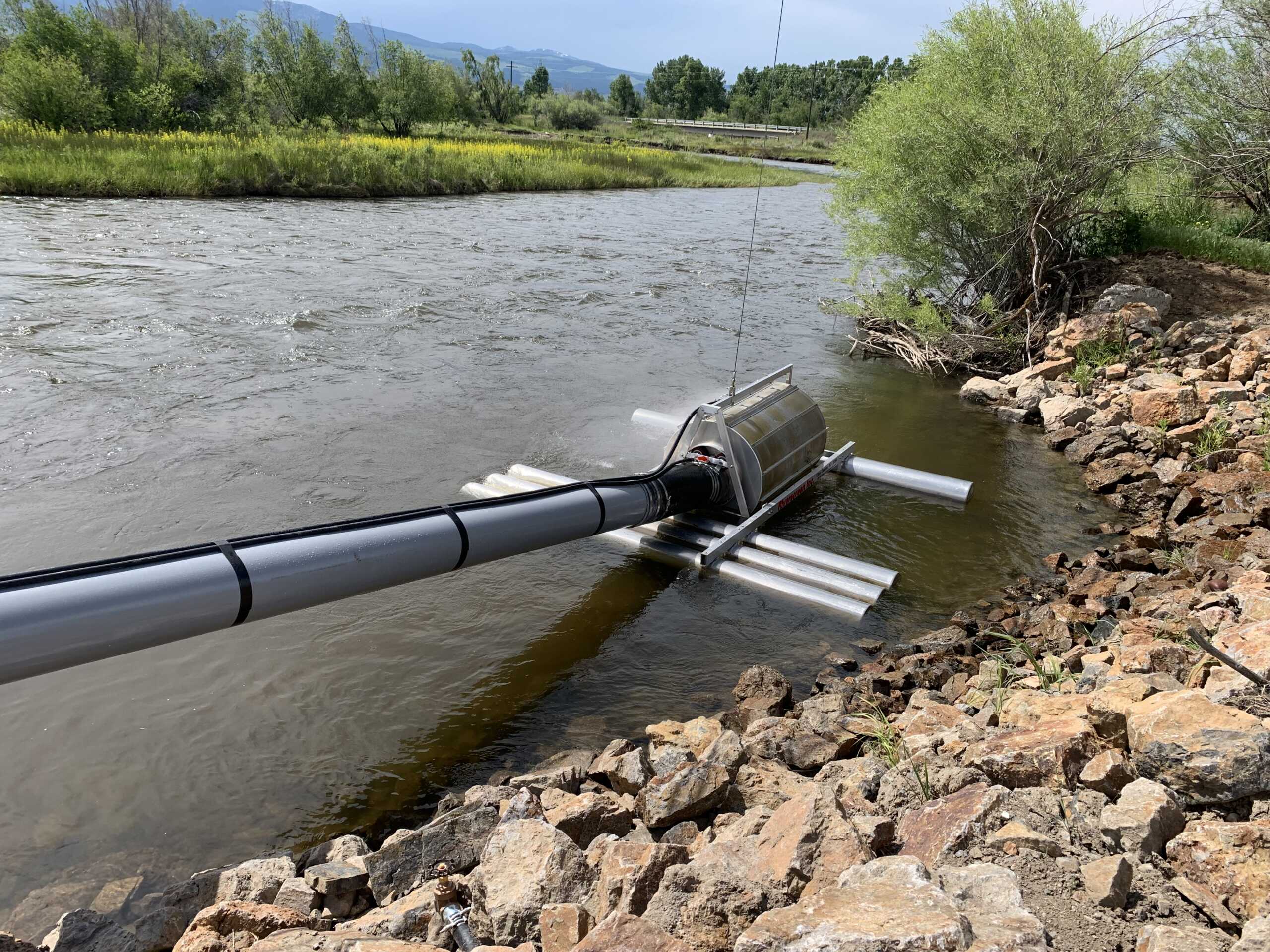 Broken Circle Diversion Upgrade
Broken Circle Diversion Upgrade -
 Thermal Mapping of the Upper Clark
Thermal Mapping of the Upper Clark -
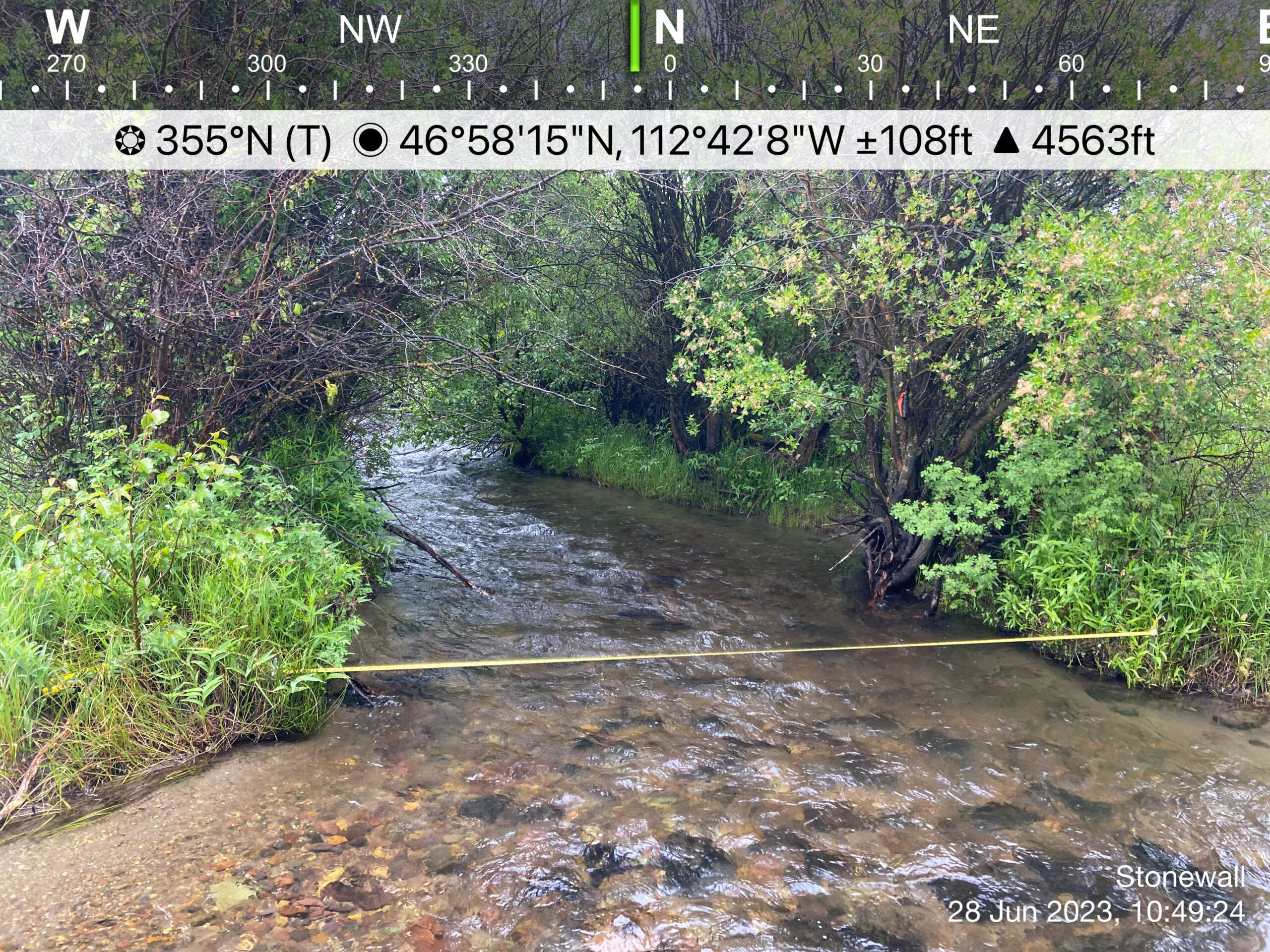 Stonewall Creek
Stonewall Creek

You can help
Climate change is a big challenge that requires landscape-level projects and collective action. Join the Coalition to support our work.

